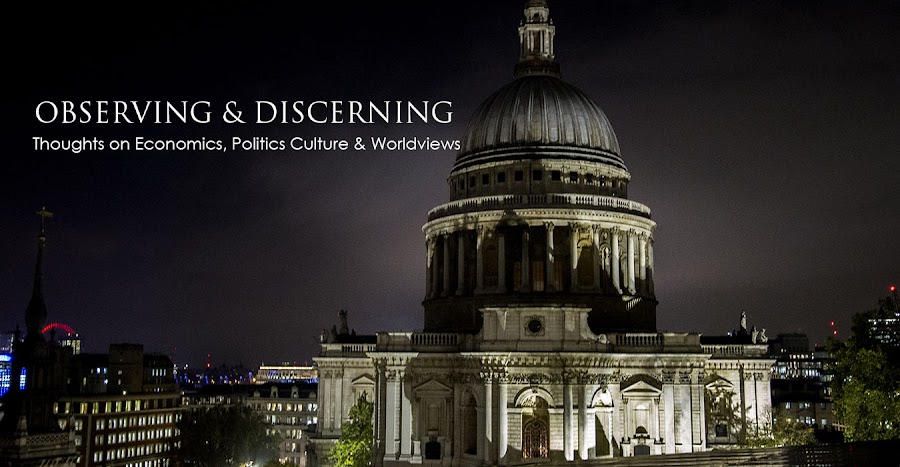The film focuses largely on Jung’s relationship with one of
his patients, Sabina Spielrein, played superbly by the actress Keira
Knightly. And though the relationship
was rather disturbing, it was unfortunately nothing film watchers today would
find extraordinarily twisted.
The other main storyline is Jung’s relationship with Freud. The film shows that a rift had formed between
the master and student but gives us very little information as to the true details
of this dispute. And this is the major
fault of the film because the legacy of Jung to this day is his point of
departure from Freud.
To my own amazement, the pivotal line in the film is one uttered by Freud with which I agree! He’s speaking to Sabina Spielrein about her own psychological theories and those of Jung and specifically about Jung’s preoccupation with mysticism and the occult. Spielrein explains that the point of this exploration is for psychoanalysis to provide not just an explanation to patients of their psychopathy, but to provide them with a path towards a new life: “[Jung] wants to be able to say we can show you what it is you might want to become.” For Jung this path was to be found via the mythic world of one’s dreams linked to what he believed to be mystical, universal archetypes.
Freud replies to Spielrein that it isn’t the job of psychiatrists
to play God, to tell people how to live their lives. He says: “We have no right to do that. The world is as it is. Understanding and accepting that is the way
to psychic health. What good can we do
if our aim is simply to replace one delusion with another?” Though I think what Freud was attempting to
do, declare that philosophy was dead (akin to Nietzsche announcing the same for
God), Jung was rather siding with the existentialists, believing that a human
being could choose his or her essence and destiny. Unfortunately, however, he believed that this
essence was to be found within the subconscious, accessed through mystical
techniques including self-induced trances, the occult and séances.
The primary influences for his theories were
Germany mysticism, Hellenistic paganism and Gnosticism. None of this rich material is explored in the
firm, to its detriment.
An apparently pivotal moment in Jung’s life - which helped
him to distil his notions into theories - occurred in 1913 when he induced
himself into a trance and imagined that his head had changed into that of a
lion and that he had become a god. He
believed this validated the idea that he was a pagan saviour sent to summon
Aryan culture back from Christianity (which he considered to have failed) in
order to save the soul of the world. He
also believed his ‘disciples’ were sent to him to perform service in his new
religion, thereby fulfilling their special destiny.[1]
I believe that Jung’s legacy lives on in the self-help industry. Psychological science is invaluable to both individuals and to the other social sciences in providing a systematic structure for understanding why people think, feel and behave the way they do. However, I believe that due in part to the work of Carl Jung, the recommendations for a personal transformed life have tendentiously stuck to monistic mystical methods, like meditation, yoga and mindfulness. These are prescribed as scientifically-proven calming methods; sometimes presented as secular and sometimes as spiritual, but their roots and purposes are from eastern monism, championed by one of the fathers of the dangerous method, Carl Jung.





No comments:
Post a Comment